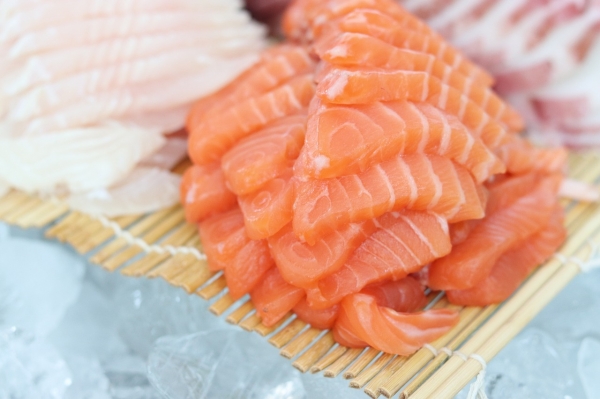Study stresses the need to set safety standards for “forever chemicals” in seafood.
Study stresses the need to set safety standards for “forever chemicals” in seafood.
A Dartmouth-led study suggests that people who frequently consume seafood may face an increased risk of exposure to PFAS, the family of ubiquitous and resilient human-made toxins known as “forever chemicals.”
The findings stress the need for more stringent public health guidelines that establish the amount of seafood people can safely consume to limit their exposure to perfluoroalkyl and polyfluoroalkyl substances, the researchers report in the journal Exposure and Health. This need is especially urgent for coastal regions such as New England where a legacy of industry and PFAS pollution bumps up against a cultural predilection for fish, the authors write.
“Our recommendation isn’t to not eat seafood—seafood is a great source of lean protein and omega fatty acids. But it also is a potentially underestimated source of PFAS exposure in humans,” says Megan Romano, the study’s corresponding author and an associate professor of epidemiology at the Geisel School of Medicine.
Read more at Dartmouth College
Photo credit: Bokja via Pixabay




